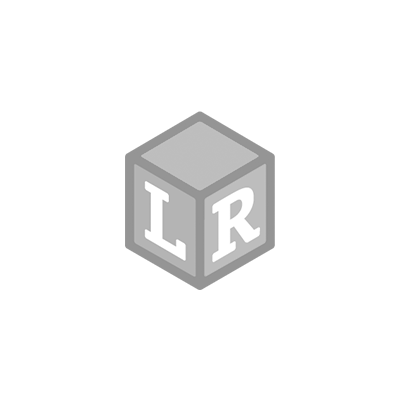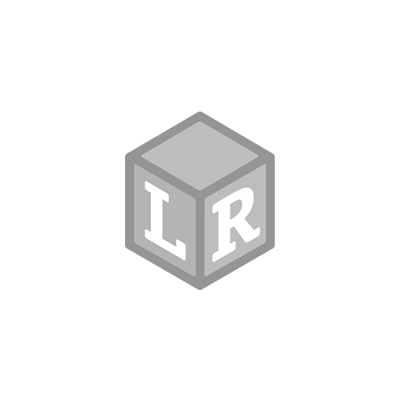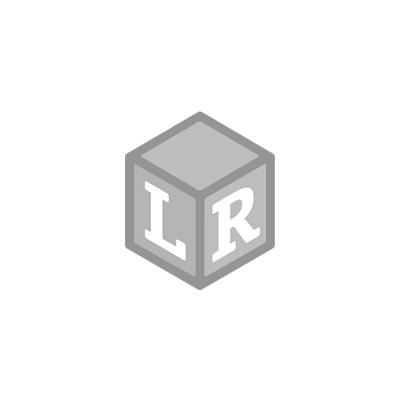Valentine's Day Candy Experiments
- Learning Resources Posted On Jan 3, 2023 | STEM
As a mom at home, hosting my son’s class party, and as a teacher, I LOVE weaving elements of STEM into holiday activities and parties. Valentine’s day is the perfect opportunity to engage your kiddos in sweet and simple hands-on science activities disguised as seasonal fun. Keep reading for easy-to-do, engaging activities that are sure to please even Cupid himself!
The key to each of these suggested activities is that they are super simple and most likely can be created with materials you already have in your home or classroom, or can be purchased at any discount or dollar store. Also, these activities are super flexible. You’ll see in the examples below that most of the activities have alternative ingredients or process steps. This is your FREE PASS because basically, you can’t mess these up, and you and your kids will love every minute! MATERIALS:
MATERIALS:
 NOTES:
Keep extra Alka-Seltzer tablets and/or soda on hand to add if candies do not bounce/float. If using Alka-Seltzer, use minimal water at first and add water as necessary.
NOTES:
Keep extra Alka-Seltzer tablets and/or soda on hand to add if candies do not bounce/float. If using Alka-Seltzer, use minimal water at first and add water as necessary.
 MATERIALS:
MATERIALS:
 MATERIALS:
MATERIALS:
 I can’t wait to see how much my Cupid Kiddos love these sweetheart STEM Valentine’s Day challenges! Try them out at home or in the classroom and comment to let us know sweet and simple Valentine’s Day STEM activity was your favorite!
I can’t wait to see how much my Cupid Kiddos love these sweetheart STEM Valentine’s Day challenges! Try them out at home or in the classroom and comment to let us know sweet and simple Valentine’s Day STEM activity was your favorite!

The key to each of these suggested activities is that they are super simple and most likely can be created with materials you already have in your home or classroom, or can be purchased at any discount or dollar store. Also, these activities are super flexible. You’ll see in the examples below that most of the activities have alternative ingredients or process steps. This is your FREE PASS because basically, you can’t mess these up, and you and your kids will love every minute!
LOVE POTION #9
Experiment with and observe buoyancy and states of matter by seeing how different types of Valentine’s Day candy react with carbonated liquids! This love potion will leave heads spinning and hearts pounding! MATERIALS:
MATERIALS:
- Alka-Seltzer original and water, clear soda (i.e. Sprite), or club soda (plain)
- Clear cups
- Valentine’s Day candy (Conversation Hearts, heart-shaped Red Hots, sprinkles, etc.)
- Set out one clear cup.
- Drop candy pieces into the cup (one type of candy per each cup.)
- If you are using Alka Seltzer and water, fill the cup with water and drop it into a tablet. If you are using soda of some sort, fill the cup with the soda.
- Watch to see if/when candy pieces float, bounce, and dance inside the cup.
- You may need to add more carbonated liquid to see if that changes activity inside of the cup.
- Make notes, write observations, and draw conclusions.
 NOTES:
Keep extra Alka-Seltzer tablets and/or soda on hand to add if candies do not bounce/float. If using Alka-Seltzer, use minimal water at first and add water as necessary.
NOTES:
Keep extra Alka-Seltzer tablets and/or soda on hand to add if candies do not bounce/float. If using Alka-Seltzer, use minimal water at first and add water as necessary.
CANDY COATED CRUSH
Candy is a fabulous ingredient for science experiments, and we all know Valentine’s Day has candy a plenty. Try some of these instant options for Valentine’s Day candy light refraction and solubility experiments that are crowd-pleasers, but simple to set up and execute. MATERIALS:
MATERIALS:
- Assorted Valentine’s Day candy (Suggested: clear red heart suckers, Conversation Hearts, heart-shaped Red Hots)
- Clear cups
- Water
- Flashlight (optional)
- THAT’S IT!
- Place a sucker in an EMPTY clear cup.
- Draw how the sucker looks in the empty cup.
- Place a sucker in a half-full clear glass of water.
- Draw how the sucker looks in the water-filled cup.
- You may want to also try shining a flashlight through and around the candy in the water to test and document the changes (if any) in light refraction with the addition of the flashlight.
- Make notes, write observations, and draw conclusions.
- Set out one cup for each type of candy you’re using.
- Fill each cup ½ to ¾ full with water.
- Place one type of candy in each cup.
- Check on the status of each cup/candy each 30-60 minutes.
- Make notes, write observations, and draw conclusions.
POP ROCKS PUPPY LOVE
These crazy little candies are as great for science experiments as they are for eating! You can use the Pop Rocks and soda as substitutes for baking soda and vinegar in the experiment listed above, or try something totally new using the directions below, courtesy of Steve Spangler Science! MATERIALS:
MATERIALS:
- Pop Rocks (try to find multiple flavors; Valentine’s Day versions are available)
- Balloons (I’m going to use HEART-SHAPED balloons for Valentine’s Day flair!)
- Funnel
- 2 16 oz. bottles of soda (the greater soda variety, the better)
- For a full demonstration of this amazing experiment in chemical reactions from Steve Spangler Science, click the image below to watch an informational video.
 I can’t wait to see how much my Cupid Kiddos love these sweetheart STEM Valentine’s Day challenges! Try them out at home or in the classroom and comment to let us know sweet and simple Valentine’s Day STEM activity was your favorite!
I can’t wait to see how much my Cupid Kiddos love these sweetheart STEM Valentine’s Day challenges! Try them out at home or in the classroom and comment to let us know sweet and simple Valentine’s Day STEM activity was your favorite!

 Shop UK Site
Shop UK Site 




 Help us celebrate STEM-uary with a hands-on STEM experiment designed for you to do with your preschoolers at home! It's so much fun… your little ones might not even realize that they’re learning.Preschoolers are natural observers. Plus, they love scooping, pouring, mixing, and blending. In other words, they love science! You can encourage your child’s scientific curiosity and introduce some early scientific concepts with simple science experiments, like the concept...
Help us celebrate STEM-uary with a hands-on STEM experiment designed for you to do with your preschoolers at home! It's so much fun… your little ones might not even realize that they’re learning.Preschoolers are natural observers. Plus, they love scooping, pouring, mixing, and blending. In other words, they love science! You can encourage your child’s scientific curiosity and introduce some early scientific concepts with simple science experiments, like the concept...

 Now that your pint-sized smarty understands the concepts of solids, liquids, and gasses, take a lunchtime challenge!Point to her cup of milk and ask if what’s inside is a solid or a liquid. Now point to the PB & J (crusts cut off) on her plate and ask if that’s a solid or a gas. Finally, have her breathe out into a cupped hand and ask what’s there. She can’t see it, but her breath is a gas!If your little one loved this STEM-uary science experiment, let us know about it by emailing us at
Now that your pint-sized smarty understands the concepts of solids, liquids, and gasses, take a lunchtime challenge!Point to her cup of milk and ask if what’s inside is a solid or a liquid. Now point to the PB & J (crusts cut off) on her plate and ask if that’s a solid or a gas. Finally, have her breathe out into a cupped hand and ask what’s there. She can’t see it, but her breath is a gas!If your little one loved this STEM-uary science experiment, let us know about it by emailing us at